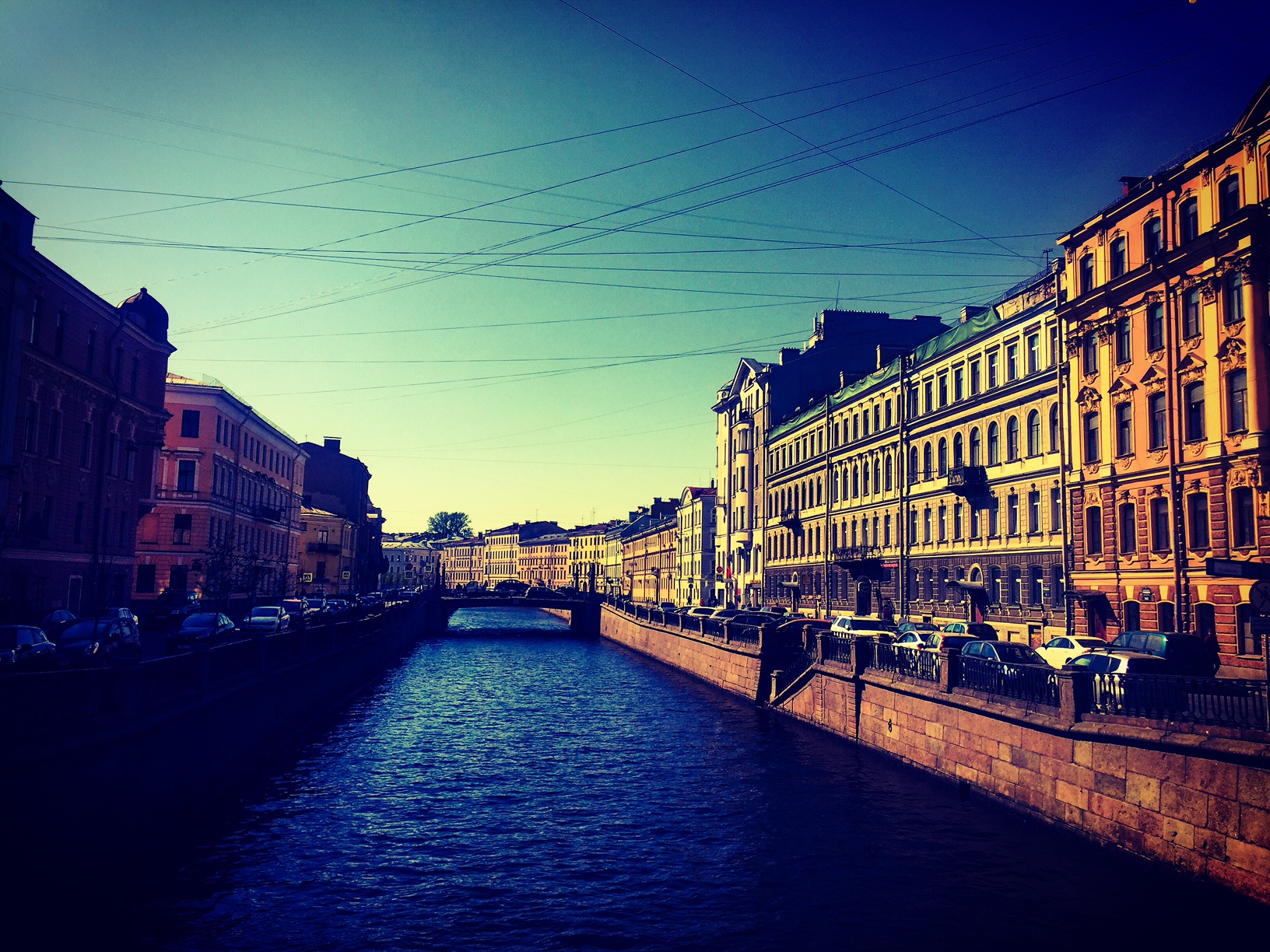Blog Archive
From Russia with Love

St. Petersburg, Russia
Miriam Bader is the Director of Education at the Lower East Side Tenement Museum. She is also the unofficial travel blogger of the museum as well.
Where does the Old World start and the New World begin?
I traveled to Russia to research the past, to explore the history surrounding the great wave of Eastern European Jewish immigrant at the late 19th century, which resulted in making the Lower East Side the largest Jewish community in the world. Between 1880 and 1924, one third of Europe’s Jews would leave and 75% would initially make New York their home. The story of their becoming American is told on museum tours in the recreated homes of the Rogarshevsky and Levine families featured on Sweatshop Workers, and in the kosher butcher shop run by the Lustgardens featured in Shop Life. The story I sought to uncover was the Old World that all had come from – the shtetl.
Like many Jewish Americans I grew up on the stories of the shtetl, singing about its traditions and the fiddlers that played on the roofs, which are memorialized in the literature of Sholem Aleichem. The shtetels of centuries merged in my mind to one imaginary place – Anatevka. And, it was the complexities and nuances of that place that I sought to uncover.
Everywhere I went in St Petersburg, in all of my meetings, I asked scholars, curators, and residents, how would you define a shtetl. No answer I heard was the same. It is small town. It is Polish. It is Russian. It is Jewish. It is a myth. It is a place with a market. It had good times and hard times. Multiple perspectives on its demise were also shared. Trade laws, economic pressure, industrialization, and anti-Semitism were all cited. As with most complicated stories, all of these are true at different moments in time, and nothing is simple.
As I explored the exhibits of the Museum of Ethnography, I learned more about the lives and rituals of the Jews that lived in Russia. The museum houses the collection of the first Jewish Museum of Russia, which was established in 1914, and now has thousands of objects in its collection documenting Jewish life. Touring the exhibit and vault reminded me of the vastness of the empire. Its Jews didn’t only come from the impoverished shtetls of my imagination, but also included mountain Jews that lived in the Caucasus, and upper class Jews of St Petersburg, amongst others. The exhibits showed vibrancy, ritual objects demonstrated splendor, and photos from expeditions revealed the variety of people that called the shtetl their home. Even if they would have never used that term.
Perhaps St. Petersburg is the best city to contemplate the meeting of the Old World with the New. That is after all was Peter the Great dreamed of when he founded the city in 1703. The truth is I didn’t expect to fall in love with St. Petersburg. Like, my study of the shtetl, it surprised me and pushed me to keep exploring.
Miriam went to St. Petersburg on a cultural fellowship from the Likhachev Foundation & The Presidential Center of Boris N. Yeltsin.
- Blog by Miriam Bader, Education Director at the Lower East Side Tenement Museum